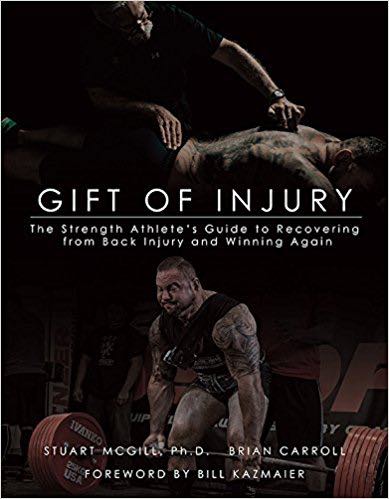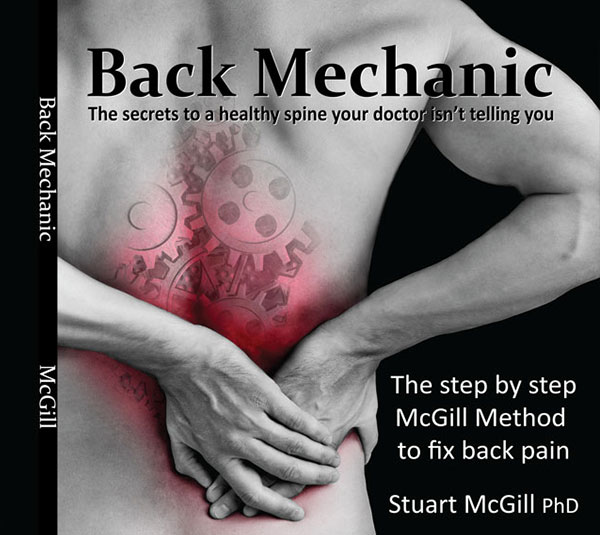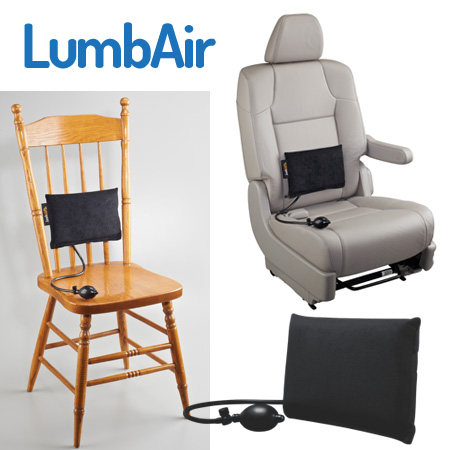14 Nov Foot Athleticism: The Forgotten Foundation of Strength
Article Rundown
- Rooting into the floor is the foundation of full-body stability and strong lifting.
- If you can’t stand on one leg for 15–20 seconds, you’re missing low-hanging strength fruit.
- Foot athleticism connects the toes, hips, and core for cleaner, safer squats and pulls.
- Simple balance drills build the stiffness and control heavy lifting demands.
Foot Athleticism
When most lifters think about getting strong, their minds jump straight to the big rocks—squats, deadlifts, heavy presses, and the programming that ties it all together. But very few ever stop to consider the real foundation underneath all of that: their feet.
This video from my 2013 follow-up session with Professor Stuart McGill brought that lesson right back to the surface. What started as a simple one-leg balance drill turned into one of the best demonstrations of how foot athleticism can either unlock your lifting or sabotage it without you ever realizing why.
Standing on One Leg: The First Checkpoint
Before we ever touched a barbell that day, McGill had me do something embarrassingly simple:
Stand on one leg.
That was it. No weight. No special cueing. Just balance.
But the simplicity is exactly the point. Many lifters come into the assessment and the first thing we learn is that they can barely stand on one leg for more than a few seconds without wobbling, collapsing into their hips, or reaching for something to grab onto.
If you can’t stabilize your entire body on one leg in a pain-free way, you have absolutely no business getting under a barbell and demanding the system produce full-body stiffness under load.
That one-leg stand becomes a qualifying test for me when people come to me for coaching or help with their main lifts.
10 seconds? Good.
15? Better.
20? Now we’re talking.
If someone tips over the moment they lift a foot, I’m not putting them under a bar until we fix it.
Rooting Into the Floor: What the Foot Actually Does
One of McGill’s cues that stuck with me in this session was the idea of “rooting into the floor.” Pavel Tsatsouline talks about this in kettlebell work, martial artists use it as part of striking and absorbing force, and powerlifters rely on it every time they set up for a squat or pull.
But rooting isn’t some mystical concept. It’s foot athleticism—plain and simple.
Think of your foot like a monkey gripping a branch:
- Toes spread and active
- Heel grounded
- Big toe engaged
- Arch supporting the load
- Forefoot grabbing the ground rather than passively resting on it
When the foot engages properly, the entire kinetic chain stiffens in a way that makes you more stable, more powerful, and more efficient. When it isn’t engaged, the opposite happens: your torso wobbles, your hips drift, and your spine takes unnecessary stress.
I joke in the video that even years later, with all the things I’m thinking about—back position, hip position, lats, creating tension—I still sometimes forget to “grab the floor like a monkey.” But that’s exactly why drills like these matter. When the basics go, the heavy stuff eventually goes too.
The Problem With Shoes and Why They Change Everything
During this follow-up we were experimenting with different footwear. At this phase of my recovery, my hip mobility was only just starting to come back, and we had been testing out Olympic lifting shoes.
Ollie shoes can be helpful—if you have long femurs, poor ankle mobility, or certain leverages that benefit from the heel lift. But they also pitch you forward.
They make rooting harder. They encourage you to get on your toes. And they change how you sit back and load your hips.
There are no free passes in lifting. Every tool has tradeoffs. For me, at this moment in 2013, the Ollie shoes weren’t giving me what I needed. As we swapped back to flat shoes, it became obvious how much easier it was to create that tripod foot, grab the ground, and build the stiffness we were after.
Foot Stiffness, Hip Mobility, and Full-Body Balance
After the basic one-leg stand, McGill progressed me into small hip circles, slight leg raises, and “ricochet” foot drills to sharpen the nervous system’s connection to the ground.
None of it looked sexy. None of it looked like something a guy in squat briefs should be failing at.
But this is where most lifters miss the boat. They want the advanced drills, the bands, the chains, the variations, but they can’t control their own bodyweight on one leg for more than 10 seconds.
This kind of full-body balance is not the same as spinal stability—but you can’t have full-body stability without a stiffened core. That’s why these drills matter. They connect the hips, feet, and core in a way that shows up instantly the next time you unrack a bar.
Low-Hanging Fruit for Powerlifters
This might be the most important takeaway from the whole video:
If you can’t stand on one leg for 15–20 seconds with full-body stiffness, this is low-hanging fruit.
You don’t need fancy equipment.
You don’t need a gym.
You can do these while you stand at your computer.
Start with your weaker side.
Root the toes and heel into the floor.
Let the glutes fire to stabilize the pelvis.
Keep the core stiff.
Do this daily and watch your squat and deadlift instantly feel “cleaner” from the ground up.
Because that’s where every lift starts—at the floor.
Connecting It All Back to 2013
Looking back at these old videos from Waterloo reminds me how many small building blocks went into rebuilding my body from the ground up.
This foot athleticism session was just one small moment in a long process, but it still shows a principle I’ve carried with me ever since: You cannot outlift poor fundamentals.
Rooting, gripping the floor, stiffening the core, and building balance are requirements—not accessories.
If you want more breakdowns like this from my 2013 assessment and rebuild with Professor McGill, keep following along. And if you’re interested in assessments, consultations, or coaching, you can find more on my website PowerRackStrength.com.












Sorry, the comment form is closed at this time.